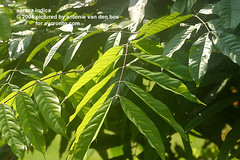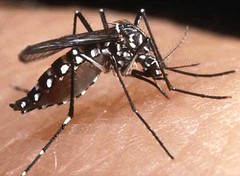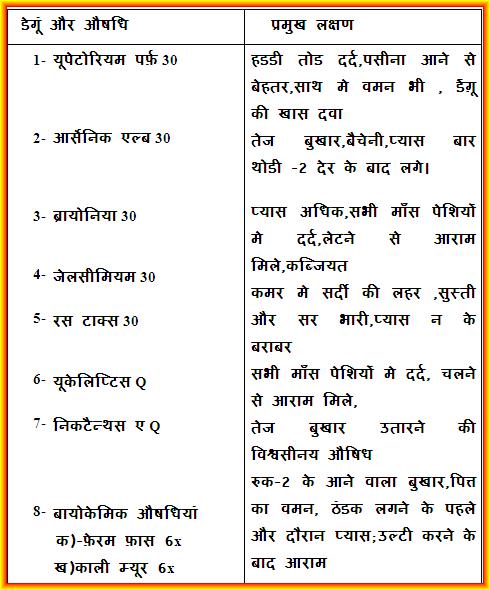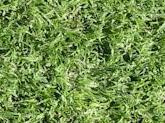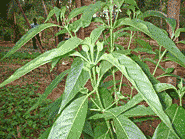डा प्रभात टन्डन
इसके पहले कि मैं इस साफ़्टवेएर को प्रयोग करने का तरीका और बाद में इससे मिल रहे परिंणामों की जानकारी यहां रखूं , कुछ विशेष बातें। इस समय अधिकतर युवा होम्योपैथिक चिकित्सक repertorisation के लिये साफ़्टवेएर का प्रयोग कर रहे हैं। कुछ जो प्रमुख प्रयोग होने वाले साफ़्टवेएर हैं उनमे मर्क्यूरियस, रडार, क्लासिक, आदि प्रमुख हैं। अन्य होम्योपैथिक साफ़्टवेएर की जानकारियाँ आप यहाँ भी देख सकते हैं। इनमें से क्लासिक 8 अधिकतर चिकित्सक प्रयोग कर रहे है, शायद इसका कारण इसका प्रयोग सरल और वयवाहारिक है। टेक्नोलोजी के बढते हुये दौर मे अधिकतर चिकित्सक साफ़्टवेएर तो ले आये लेकिन उसका सही उपयोग न कर पाये उसका परिणाम यह निकला कि यह सिर्फ़ एक शो-पीस बन कर रह गया। उत्तर प्रदेश की सरकारी होम्योपैथी डिस्पेन्सरियों के तो हाल और भी बुरे हैं। इसी साल "रडार" ( एक और साफ़्टवेएर) और कम्पयूटर की खरीद पर लाखों रूपये खर्च किये गये लेकिन सब ढाक के तीन पात ही निकला, कम्पयूटर है तो लाइट नही और अगर लाइट है तो चिकित्सको मे कोई उत्साह नहीं।
जो छात्र और छात्रायें अपना पहला प्रोफ़ेशनल समाप्त कर चुके हैं वह एक बात अच्छी तरह से समझ लें कि spot prescribing हर बार काम नहीं करती, विशेष कर पुराने और जटिल रोगों मे ,जहाँ लक्षण उलझे हुये होते हैं । आपको अपने केस पर मेहनत करनी ही होगी और यहाँ कोई शार्ट कट नही चलता। case taking और repertorisation एक महत्वपूर्ण स्तंभ है जिसको आज आपने न सीखा तो बाद के clinical practice के साल आपको रुलायेगें और होम्योपैथी को डुबोयेगें। तो क्या करे आप- कालेज की राजनीति मे पडने की बजाये अपने प्रोफ़ेसर की जान खायें और उनको clinically केस को समझाने के लिये जोर दें। इसके अलावा कुछ फ़ोरम भी आप की सहायता कर सकते हैं। आरकुट मे चल रहे डा प्रवीन गोस्वामी के फ़ोरम Revolutionized Homoeopathy का मै विशेष उल्लेख करना चाहूगाँ जो रोगी के लक्षणों को rubrics मे बदलने का सही तरीका आपको बखूबी समझा सकते हैं और डा नवीन बिदानी की Homoeopathy....Beyond Horizons जो पग-2 आपकी clinical समस्यायों को सुलझाने मे आपकी सहायता कर सकते हैं।
चलिये चलते है क्लासिक 8 की विशेषतायें की ओर:-

अगर मै शुरु मे हुये पंगों को छोड दूँ तो मै दावे के साथ कह सकता हूँ कि यह एक बेहतरीन साफ़्टवेएर है। तकरीबन 6 महीनो से इसका मै प्रयोग कर रहा हूँ , इसके पहले भी इसका दूसरा वर्जन 7 प्रयोग कर चुका हूँ जो कि वर्जन 8 के मुकबले कई मामले मे कमजोर था।
साफ़्टवेएर ही क्यों:-
यह एक ऐसा प्रशन है जो अक्सर पुराने अनुभवी होम्योपैथिक चिकित्सक पूछा करते है कि जब उनका काम बगैर इससे चल सकता है तो इतने तीम झाम मे क्यों पडा जाय्। नीचे एक उदाहरण के तौर मे एक रोगी के लक्षण रख रहा हूँ, जिसको कि साफ़्टवेएर मे डाला गया है।
श्री नरेन्द्र ने अपने लक्षणों को कुछ इस प्रकार रखा, उन्ही की जुबानी:
मुझे सांस फ़ूलने की शिकायत करीब 5 सालों से है। अक्सर मुझे जुकाम य्र छीकें लगी रहती है। साँस ज्यादा लेटने से फ़ूलती है, बैठने से और झुक कर बैठने से आराम मिल जाता है, हाँ , बलगम निकलने से भी आराम मिल जाता है। बन्द कमरे मे बहुत घुटन महसूस होती है। इतना कह कर रोगी चुप हो गया।
और पूछने पर उसने कहा कि
मेरे पैरो के तलवों मे जलन बहुत होती है, पैर की बिवाइयाँ अकसर फ़ट जाती है,और पैर के तलुवे मे कई घोखरू भी निकल आये है। खाने मे मीठा अधिक पसन्द है, और सर्दी मे भी गर्म बहुत लगती है।"
जो लक्ष्ण रोगी ने दिये उनके आधार पर उनके रुबिर्क्स बनाये गये, जो इस प्रकार थे-यह सब लक्षण कम्पलीट रिपर्टरी की मदद से क्लासिक 8 मे डाले गये।
[Complete ] [Nose]Coryza:Asthma, with:
[Complete ] [Generalities]Warmth:Agg.:
[Complete ] [Extremities]Heat:Foot:Sole:
[Complete ] [Extremities]Cracked skin:Feet:Soles:
[Complete ] [Extremities]Callosities, horny:Soles, on:
[Complete ] [Extremities]Callosities, horny:Soles, on:Tenderness:
[Complete ] [Respiration]Difficult:Lying, while:Agg.:
[Complete ] [Respiration]Difficult:Sitting:Amel.:Half sitting amel.:
[Complete ] [Respiration]Difficult:Expectoration:Amel.:
[Complete ] [Respiration]Difficult:Inspiration:Agg.:
[Complete ] [Generalities]Food and drinks:Sweets:Desires:
अब इन रुबरिक्स को साफ़्टवेएर मे डाला गया:जिसके परिणाम कुछ इस तरह रहे:
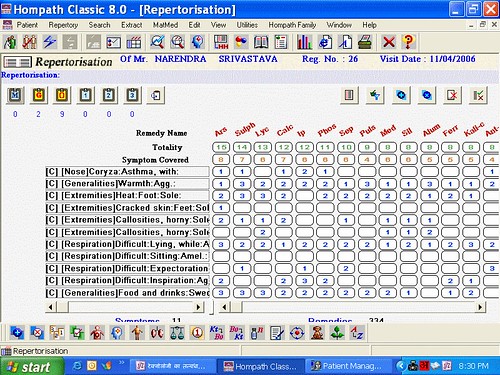
गौरतलब है कि लक्षणों को साफ़्टवेएर मे डलने के बाद 336 औषधियाँ लिस्ट मे आई, औषधियों को ग्रेडिग के हिसाब से देखे तो ars,sulp,lyco,calc क्रमश: 15,14,13,12 अंक लेकर क्रमश; 8,7,6,7 लक्षणों को कवर कर रहे हैं। नीचे देखें कि एक ही समय मे चिकित्सक कई विकल्पों पर अपना भ्रम दूर कर सकता है। उदाहरण के लिये, अगर उसको लग रहा है कि ars पूरी तरह से उपयुक्त औषधि नही है , तो वह माउस के पाइन्टर को ars पर रखें और दायें दबाये, नीचे देखें कि कितने विकल्प उसके सामने आरहे हैं-
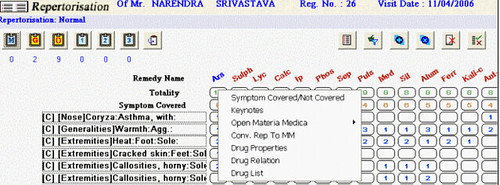
चित्र मे दिख रहे विकल्प कुछ इस तरह से हैं-
Symptom covered/not covered
Keynotes
Open materia medica
Conv rep to mm
Drug properties
Drug relation
Drug list
सबसे पहले इसी रोगी मे Symptom covered/not covered को देखते हैं-
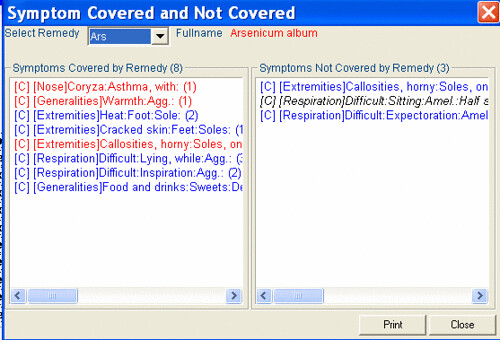
दूसरे विकल्प मे Keynotes है, जो औषधि के लक्षणों को संक्षेप मे याद दिलाते है, जैसे-
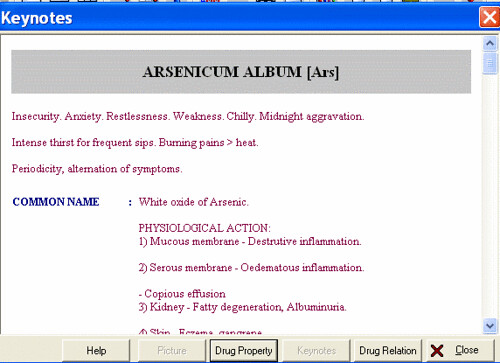 इसी तरह Open materia medica से अपनी चुनी हुयी औषधि के संबध मे पूरी
इसी तरह Open materia medica से अपनी चुनी हुयी औषधि के संबध मे पूरी जानकारी ले सकते है, नीचे देखें-
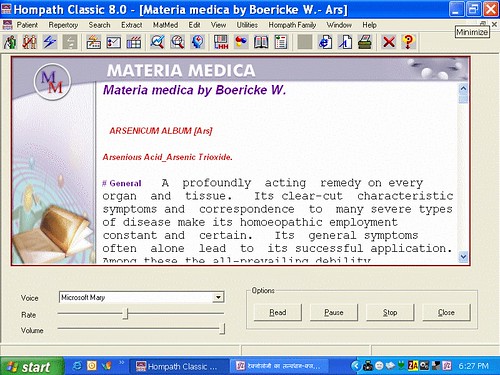
अपनी पिछली दी हुयी औषधि की तुलना अगर नयी औषधि से करना चाहें तो विकल्प के रुप मे Drug relation को किल्क करे, देखे नीचे-
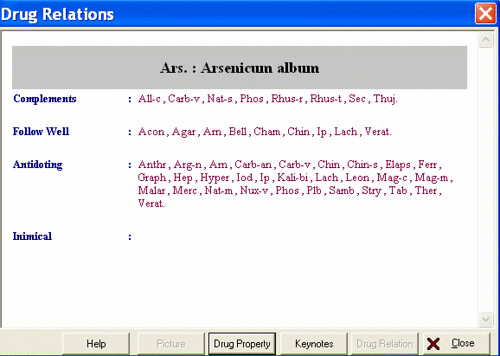
यह एक repertorisation की सामान्य प्रक्रिया है, कई बार चिकित्सक को सही सीमिलीमम को ढूढनेके लिये काफ़ी दुशवारी होती है, नीचे चित्र मे देखें कुछ और विकल्प मौजूद हैं-

Hand cursors पर नजर दौडायें।
बायें से पहला करसर सामान्य repertorisation दिखा रहा है।
बायें से दूसरा करसर Drug Filter के विकल्प दे रहा है।
बायें से तीसरा करसर Combine Repertorisation का विकल्प दे रहा है।
बायें से चौथा करसर cross repertorisation का विकल्प दे रहा है।
बायें से पाचँवा करसर Elimination repertorisation का विकल्प दिखा रहा है।
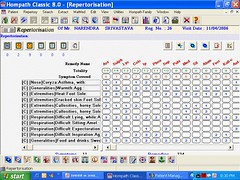
सामान्य repertorisation
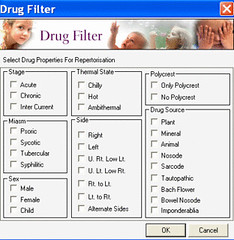
Drug Filter
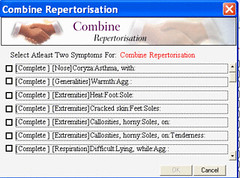
Combine Repertorisation
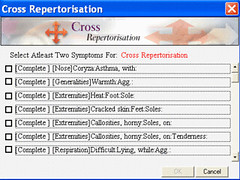
cross repertorisation
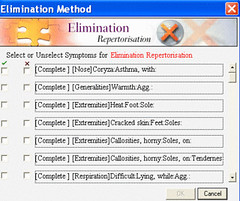
Elimination repertorisation
यह सब झमेले पुराने और जटिल रोगों के लिये अधिक रहते हैं, नये रोगों मे quick repertorisation का तरीका अधिक कारगर होता है।
आज बस इतना ही। आगे और भी चर्चा करगें-क्लासिक 8 के बारे मे विस्तार से।
